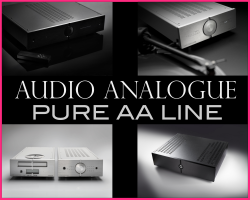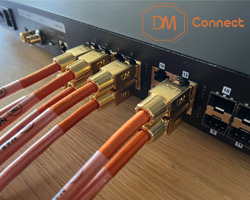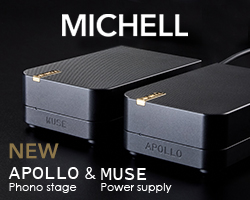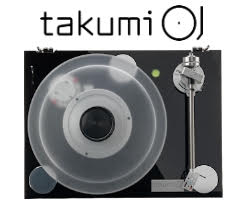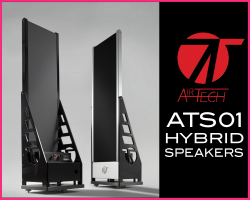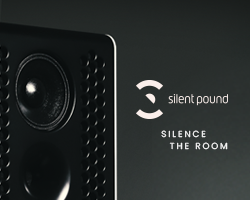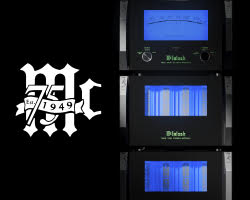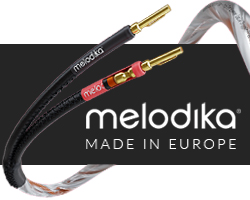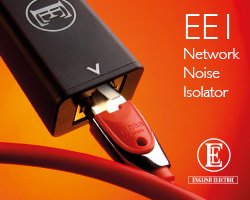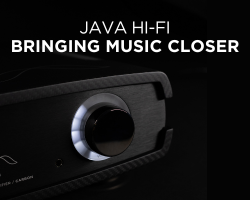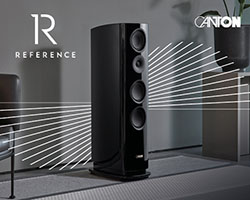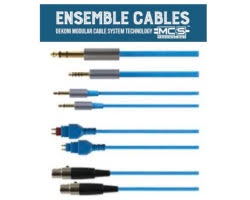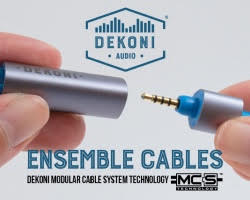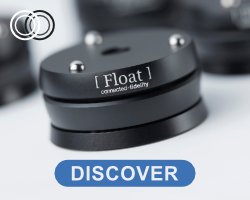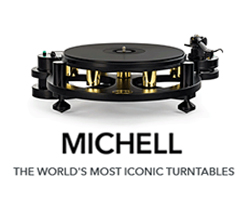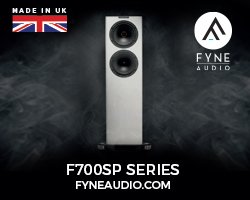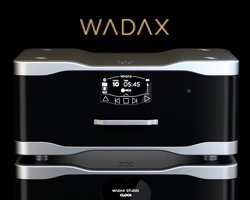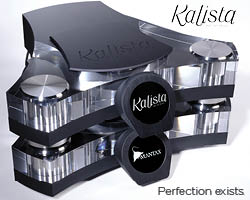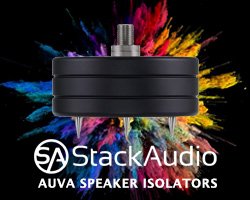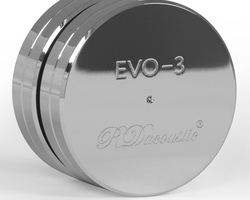KIMBER KABLE PBJ INTERCONNECTS REVIEW
Kimber Kables PBJ interconnects are available from £103 with Nickel RCAs, £158 Ultraplate, and £173 Switchcraft XLRs. Janine Elliot takes a listen for HiFi PiG.
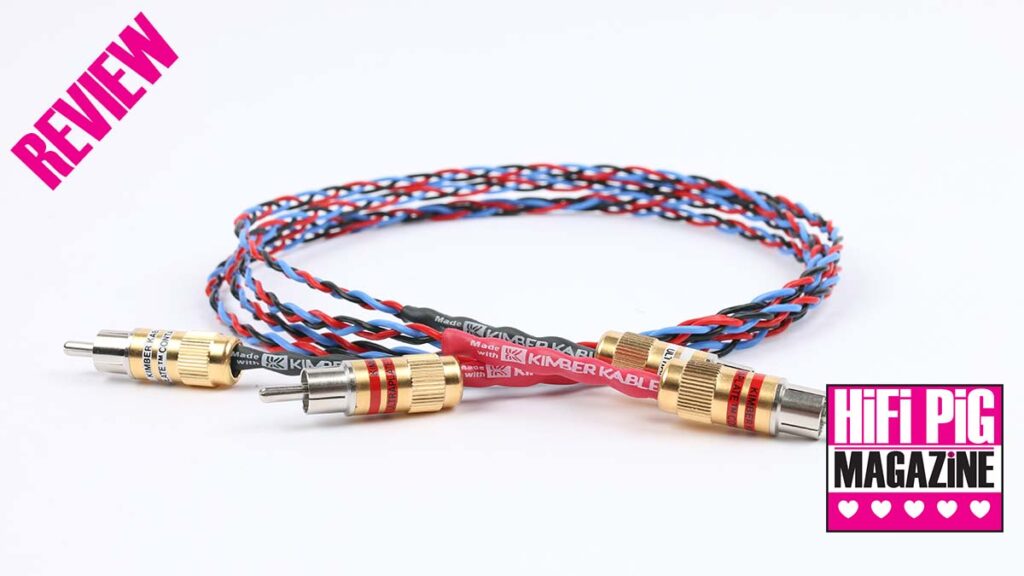
In 2024, I wrote about the re-release of the iconic 4PR and 8PR loudspeaker cables originally released in 1979, Ray Kimber’s first speaker cables using his famous braided counter-opposed helix design, meaning each of the positive and negative wires were interleaved to reject radio-frequency interference, and looking rather like a very clever ponytail. As a child in the mid-70s I tried braiding my own cables using a simpler method after learning about the right-hand rule at school, all related to the link between current direction and magnetic field. It looked like a mess, and so I just waited until QED’s 79-strand cable came along. Ray has never given up braiding his cables, even designing the machines to cleverly do it all.
In 1989, Ray introduced their first interconnect cable, the PBJ. This similarly designed product used three of the individually insulated pure copper conductors from their 4TC and 8TC loudspeaker cables. It was very popular and was soon followed by two more products: their higher-spec KCAG, which used pure silver conductors, and their middle-of-the-range “Silver Streak” with a mix of copper and silver wiring. These tri-braid cable designs have always been best-sellers, offering great sound for the price, eventually being replaced by the Tonik and Timbre interconnects. Sold in the UK by Russ Andrews, a long-time friend of Ray Kimber, the new PBJ is now to be reintroduced in place of those two cables, and will be available with either nickel or the excellent UltraPlate™ phono connectors or Switchcraft XLR. For the review, I was sent a 1m PBJ with UltraPlate phono connector (£158) and another with Switchcraft XLR (£173) for my consideration. Russ Andrews sells 10 Kimber Kable interconnects, within 4 ranges, and the three varieties of tri-braid interconnects form the cheaper end of that collection.
FOOD FOR THOUGHT
I have always had an interest in component (and company names) over the years; I guess I was inspired by names like Harbeth (HARold and BETH) and Spendor (SPENcer and DORis) as a child, but the abbreviation “PBJ” has always flummoxed me, until realising – it being an American product – that this would be “Peanut Butter Jelly”; an affordable, staple diet sandwich for our friends over the pond. Similarly, this PBJ is a cheap, reliable, and healthy ingredient to be sandwiched between your components, such as streamer to amplifier, or preamp to power-amp. I refrained from playing “Cheeseburger in Paradise”, “BLT”, “Black Eyed Peas”, or any Meatloaf for this review.
BUILD QUALITY AND FEATURES OF THE KIMBER KABLE PBJ INETRCONNECT
By having several different individually insulated wires at angles to each other to reduce that RFI means that the conventional shielding of the interconnects can be removed. This is a thin cable, at just 6mm in diameter! The dielectrics used in a cable’s design are as important as the conductors themselves, because the important part of any design is the edge of the conductor and contact (or preferably no contact) of the dielectric. My Townshend Fractal 1 interconnect is basically just two thin wires inside aquarium air-filter tubing. But it works!
The next important Kimber innovation in his Kable designs has always been the VariStrand™ (VS) conductor, where inside the insulation there were 7 copper strands of different diameters in order that the cable didn’t just favour one set of frequencies, but would work across the complete frequency range needed for successful music and speech creation. Its cross-sectional view always reminds me of a cat’s paw print! Bass appropriately favours thicker wire and treble thinner. Each individual “hyper-pure” OFE (oxygen-free electrolytic) copper conductor is insulated with an extruded fluorocarbon dielectric and braided together. This Teflon-composite insulation is applied to the conductors at high pressure and low temperature to maintain the purity of the conductor.
The PBJ is available in 0.5m, 0.75m, 1m and any additional meter after that. Very well connected, with the “black wire” only there on the RCA cable, as you need three wires to create a pony-tail! It has a purpose, obviously, in the balanced XLR. I am always enamoured by the design and construction of Kimber Kables, and even though the PBJ cables are at the “cheap end”, they are just as well constructed. Even the soldering inside the plugs is beautifully done, and therefore, no wires will break loose. The cable itself, being multiple solid wires, means that it is all fairly stiff, so the PBJ is not quite as flexible as some cables (the braiding adds strength, too), so don’t expect the cable to do any contortion! It never caused me problems, though. Indeed, on the contrary, it gave me a sense of confidence that it will never damage, and with me having space behind my cabinet meant the wires could be carefully positioned at angles to the other cables and away from mains cables to reduce RFI even more, rather than all just hanging down like a bad hair day! The RCA and XLR connectors themselves are also excellent and solidly made. All it needs is to be suitably supplied in a zip-up plastic food bag to keep it all in line with the thoughts of a PBJ sandwich!
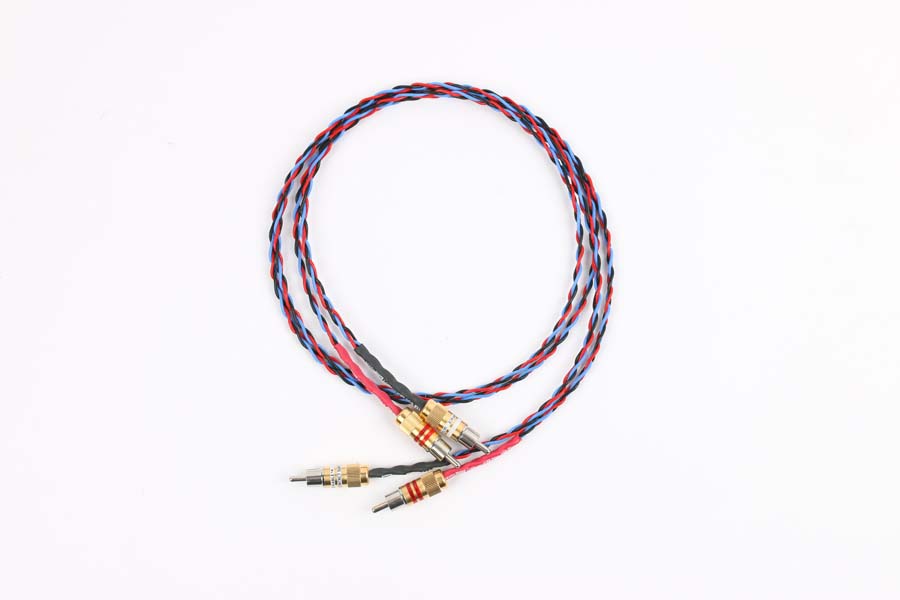
SOUND QUALITY
For such thin cables and being so cheaply priced, I was particularly impressed with the sound. I have a lot of different makes and designs of cables at Elliot Towers, and they nearly all have their own sonic signature, some much worse than others.
The PBJ really did hit the sweet spot for me in several respects. In all that I played, the music came across with greater detail and extension than I expected for the price. OK, it wasn’t as fast as some of my cables, but it didn’t remove anything from the music, which some of my redundant cables used to do, nor did they add to it. The ideal HiFi component is “neutral” if you want to hear the truth.
Patricia Barber’s ‘Verse’ album from 2002 (now my favourite from her vast discography) had very clean cymbal-hitting details in the top frequencies, a very tight and lifelike double-bass, and excellent dissemination of all the instruments, including Patricia’s vocals and piano. The percussion setup was also well-positioned and very listenable. The track “Clues” extended the double-bass bottom frequencies, and its level and speed were just right; indeed, nothing at all stuck out disproportionately. If anything, it just lacked a little energy, sounding slightly smoother overall compared with my (more expensive) choice interconnects. What is important to say is that for the price, this is one of the very best cables I have ever heard, giving a highly musical and very real performance, perhaps just a little less forward in presentation than my top cables.
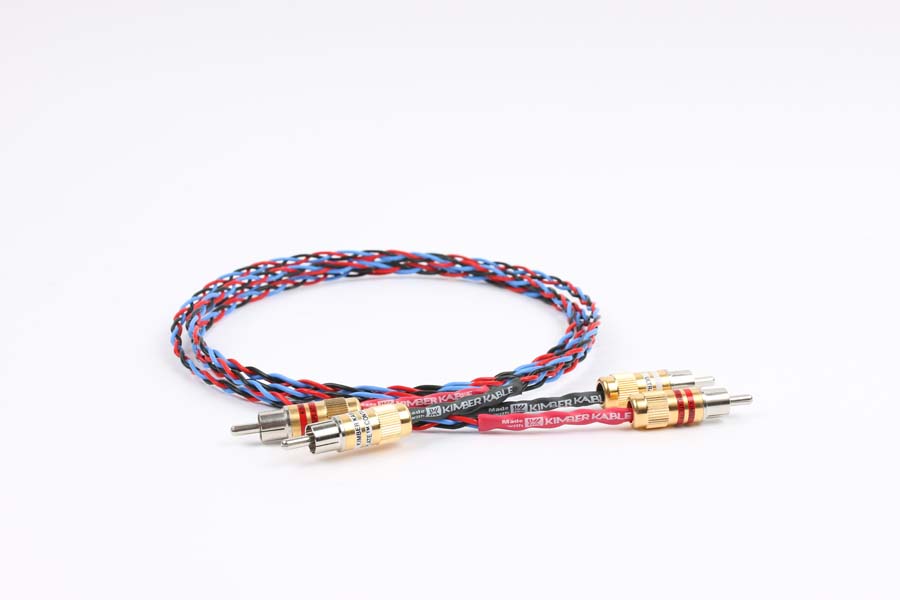
“Bird on a Wire” from Jennifer Warnes is a great track to show control and speed with the fast transients from the mid-tom-tom repeating beat. The PBJ just wasn’t perhaps quite as tight and forceful as I would expect to hear from more expensive cables, but it didn’t take anything away from the music. The bass vocal “ums” are certainly all there and very lifelike, giving a lusher performance that I quite enjoyed. Indeed, there is still a little bit of the delicacy to the sound that was in the original cables all those years ago, but this just added to the musicality; playing Enya’s “Storms in Africa” sounded meaty and resolute, so much so that I could almost hug the music with affection. This was no storm, though.
The cables worked well on all types of music, giving great control and affection to the music. That really low D# on my test disc of organ music from 17th-century organist and composer Nicolas de Grigny – his “Recit de Tierce en Taille” played by Jean Guillou – was impeccably controlled, getting me closer to the music, rather than the instrument or my HiFi, for that matter.
Bach’s Orchestral Suite No.3 in D (Bach) from ‘Sommernachtsknonzert 2025’ from the Vienna Philharmonic Orchestra was beautifully clear across the soundstage, and perfect music for the Summer heat, and the vocals from Turandot’s famous “Nessun Dorma” sounded forceful but precise, with great orchestral detail, soundstage and atmosphere.

QUIBBLES
This is such a good cable for the price that I really couldn’t think of any quibbles.
CONCLUSION
£130/£145 is a small price to pay for decent cabling, and if you value your HiFi separates, then you need to feed them with good cable. Ray Kimber’s PBJ is an excellent neutral cable for your equipment, whatever the price, and certainly could be the bread and butter for any setup.
AT A GLANCE
Build Quality:
This is a typically excellent build from Kimber Kable, solidly constructed and with excellent connectors
Sound Quality:
A very honest cable, that doesn’t add or take away
Value For Money:
For such a thin cable, you might feel you are getting short-changed, but the opposite is true here. The PBJ proves that less can be more
We Loved:
Honesty and focus at all frequencies
Musicality in bucket-loads from a jam-jar-sized cable
Excellent build quality
Value for money
We Didn’t Love So Much:
Some might find the cable too inflexible, though I liked this feature
Elevator Pitch Review: Having brought back their 1989 PBJ cable, I was excited to have a listen to this entry-level product that left such a big mark last century. This might be a very minimalist-looking cable, but it was certainly not thin in sound. Ray Kimber called this the Peanut Butter Jelly cable, as it is the bread and butter of any HiFi system. Would I taste musical harmony, or come away wanting something sweeter? I was surprised at just how neutral and honest this cable was on anything I plugged it into, and certainly didn’t come away with a bad taste in the mouth.
Price:
0.5m £75 Nickel RCA, £130 Ultraplate, £145 Switchcraft XLR
0.75m £89 Nickel RCA, £144 Ultraplate, £159 Switchcraft XLR
1m £103 Nickel RCA, £158 Ultraplate, £173 Switchcraft XLR
Every additional metre is £56

Janine Elliot
Audio System used:
Bluesound Node (DSD, Qubuz, WAV, FLAC Digital sources); Krell KPS20i (CD); Sony TC-766-2 (reel-to-reel); Krell KAV250a, Synthesisis Roma 98DC (power- amplification), MFA Baby Reference (pre-amplifier); Wilson Benesch Arc/Torus and Graham LS5/9 (loudspeakers).
Specification
3 Hyper-pure (102% IACS) VariStrand™ copper conductors
available with Kimber UltraPlate™ or Nickel RCA plugs, or Switchcraft® XLR plugs
Single – Ended RCA specification;
55pF parallel capacitance/metre
0.77uH series inductance/metre
0.053-ohm DC loop resistance per metre
Fluorocarbon (Teflon®) insulation
Balanced XLR specification;
45.7pF parallel capacitance/metre
1.01uH series inductance/metre
0.0836-ohm DC loop resistance per metre
Fluorocarbon (Teflon®) insulation























































